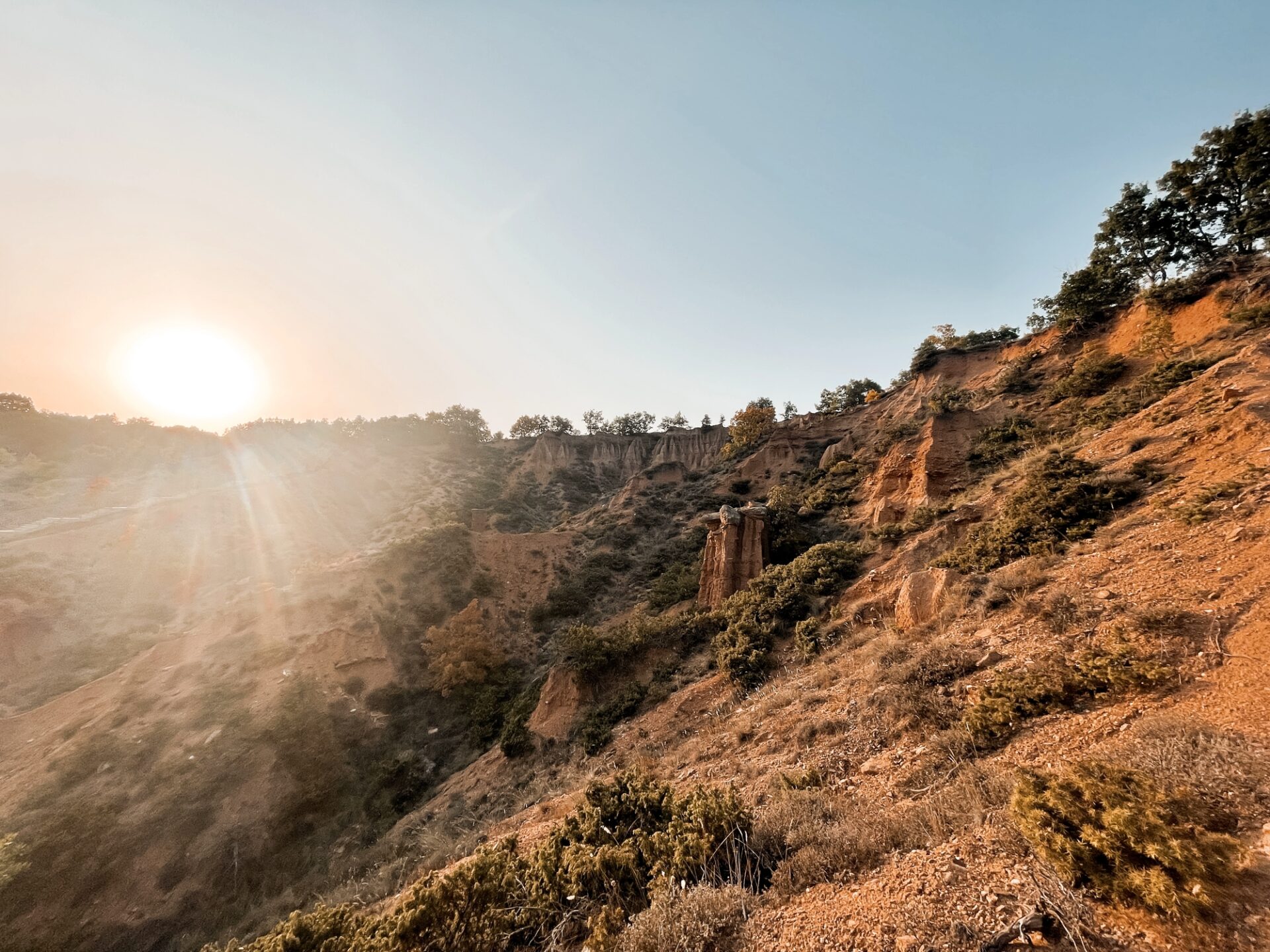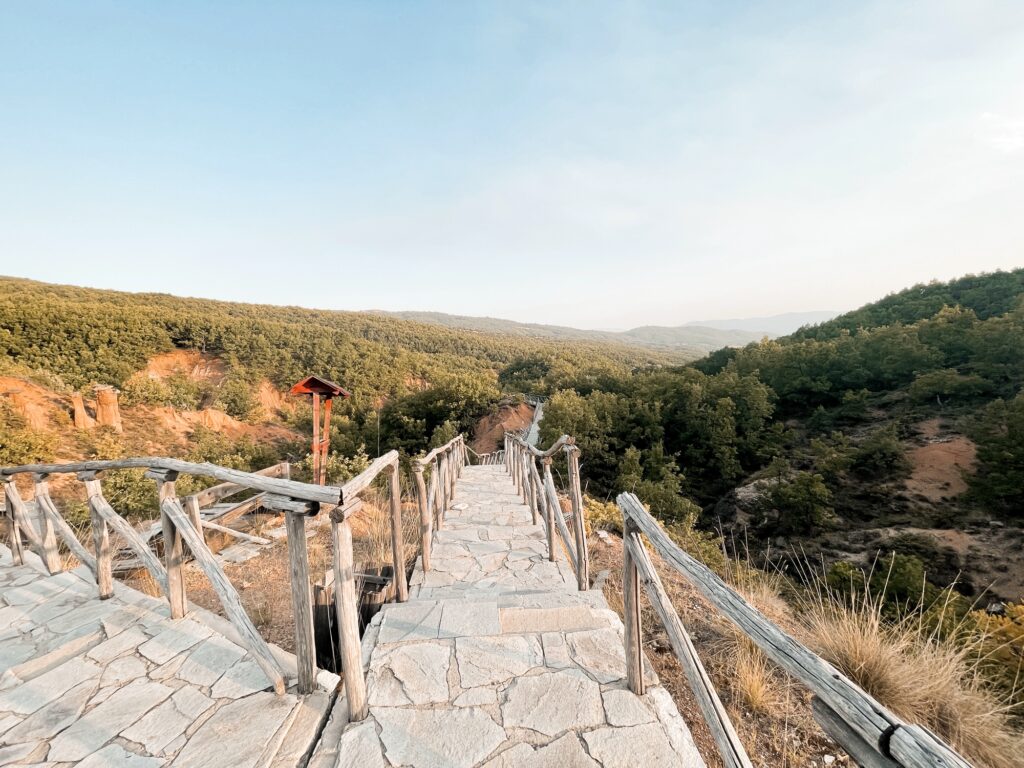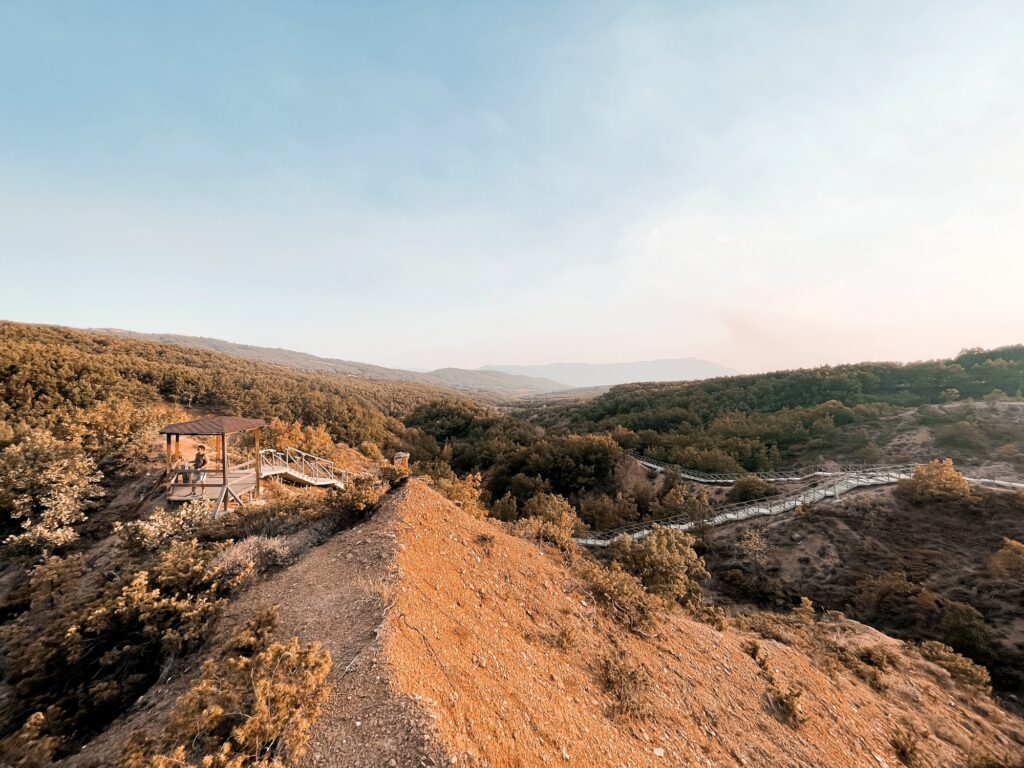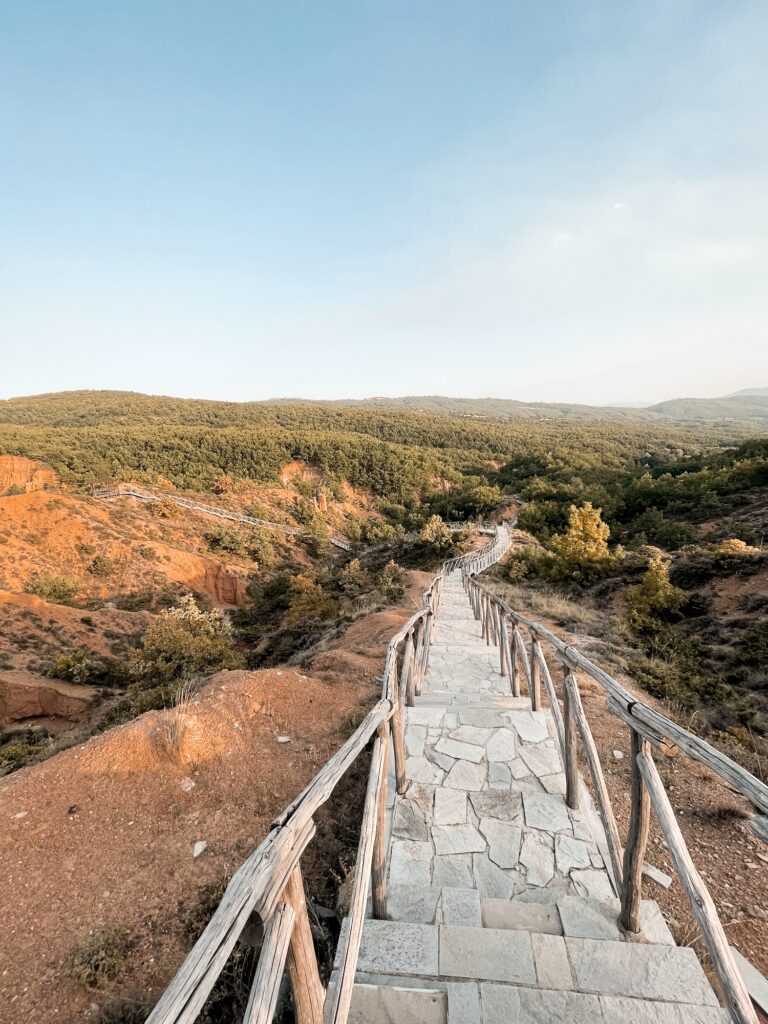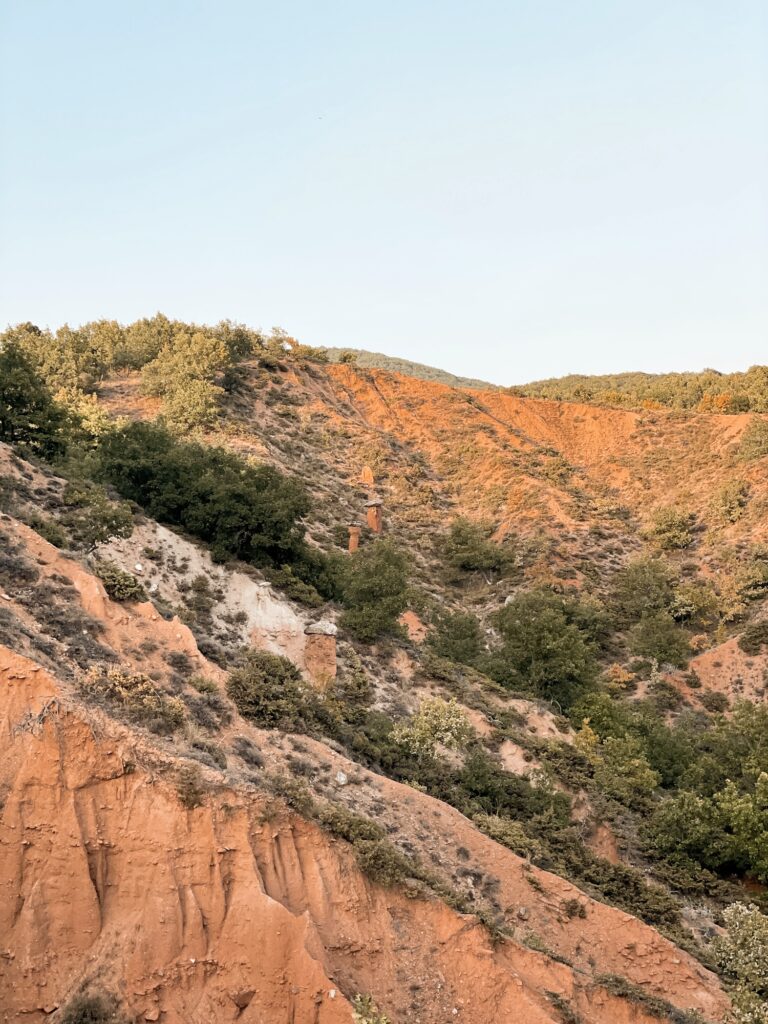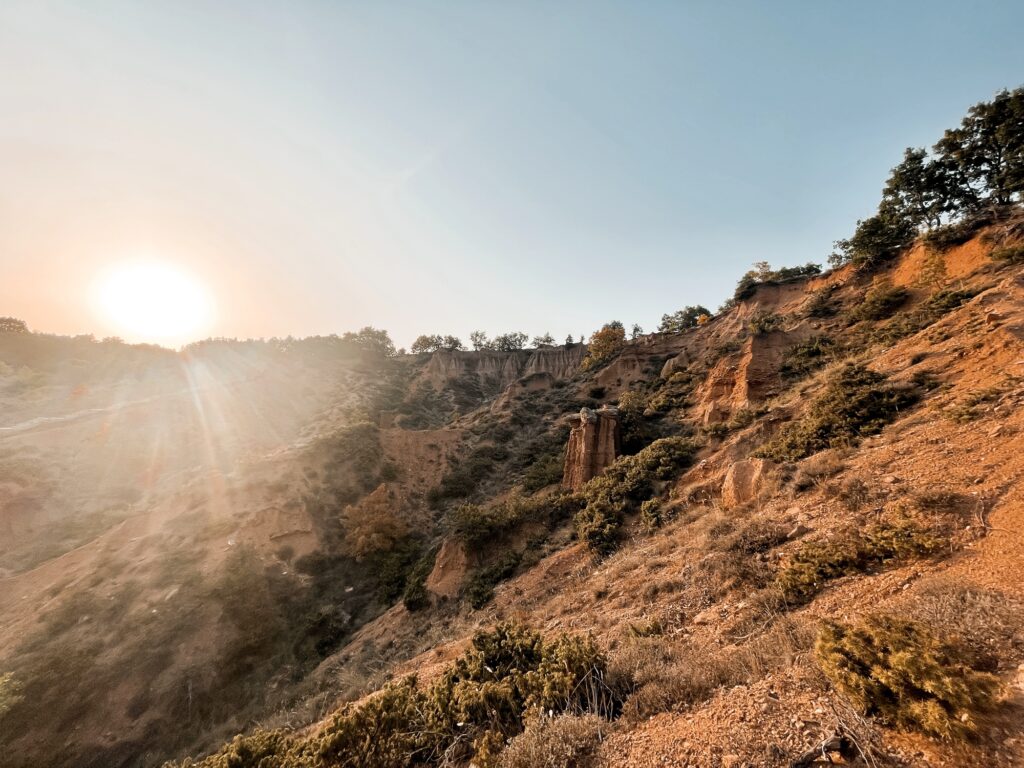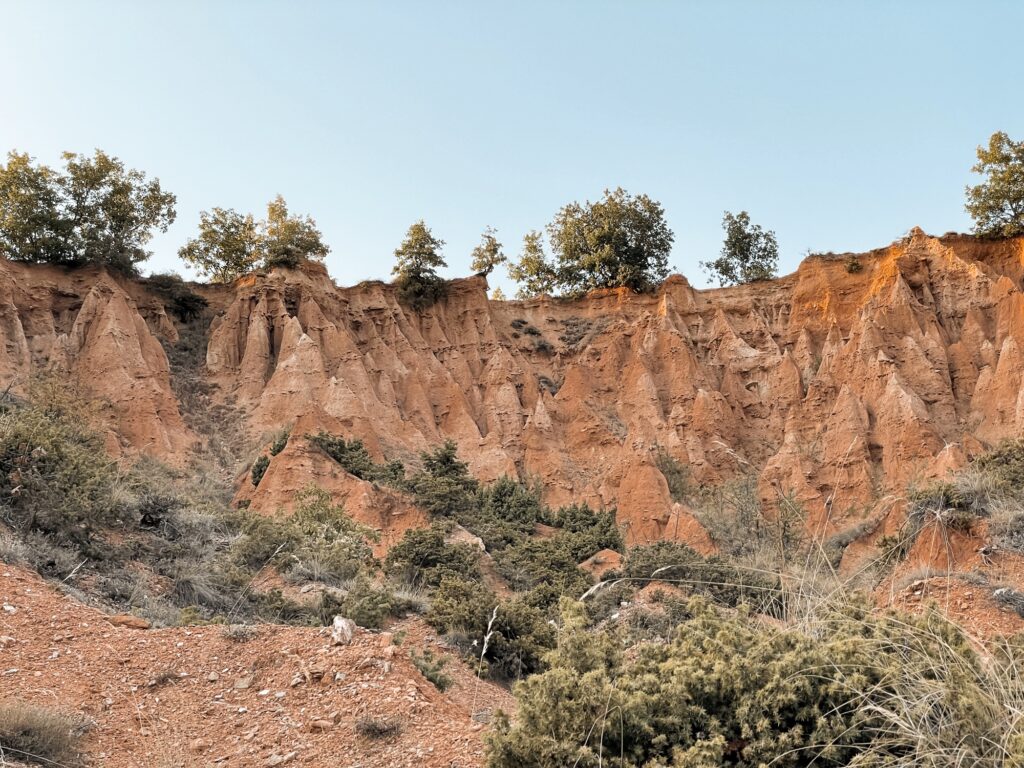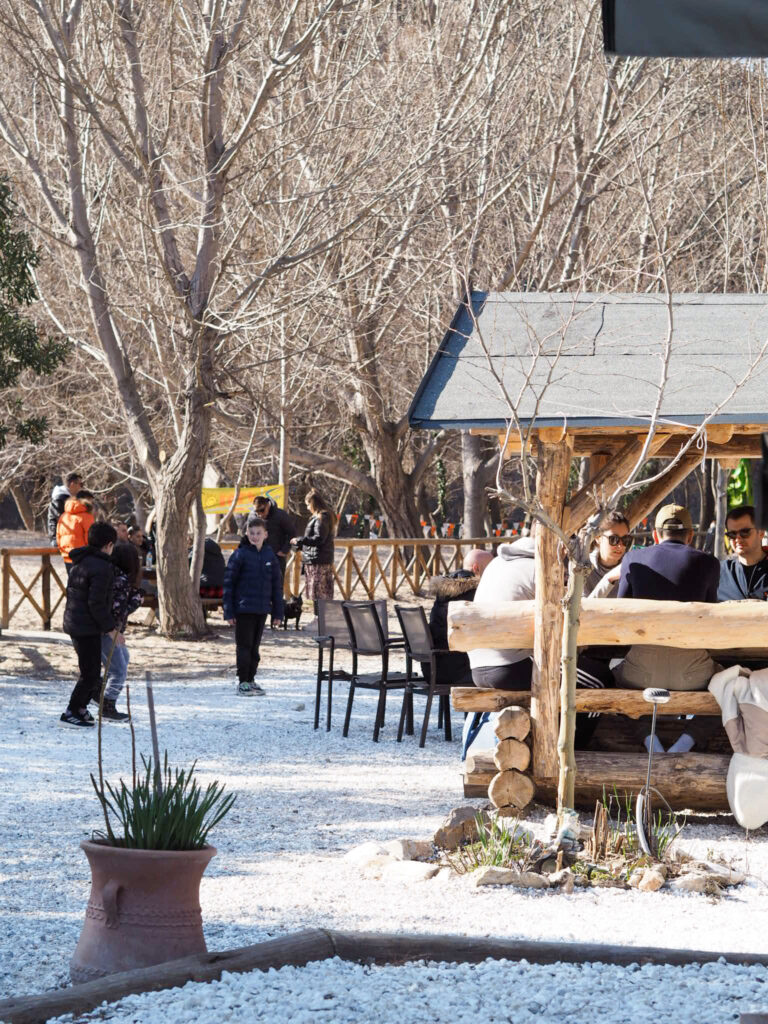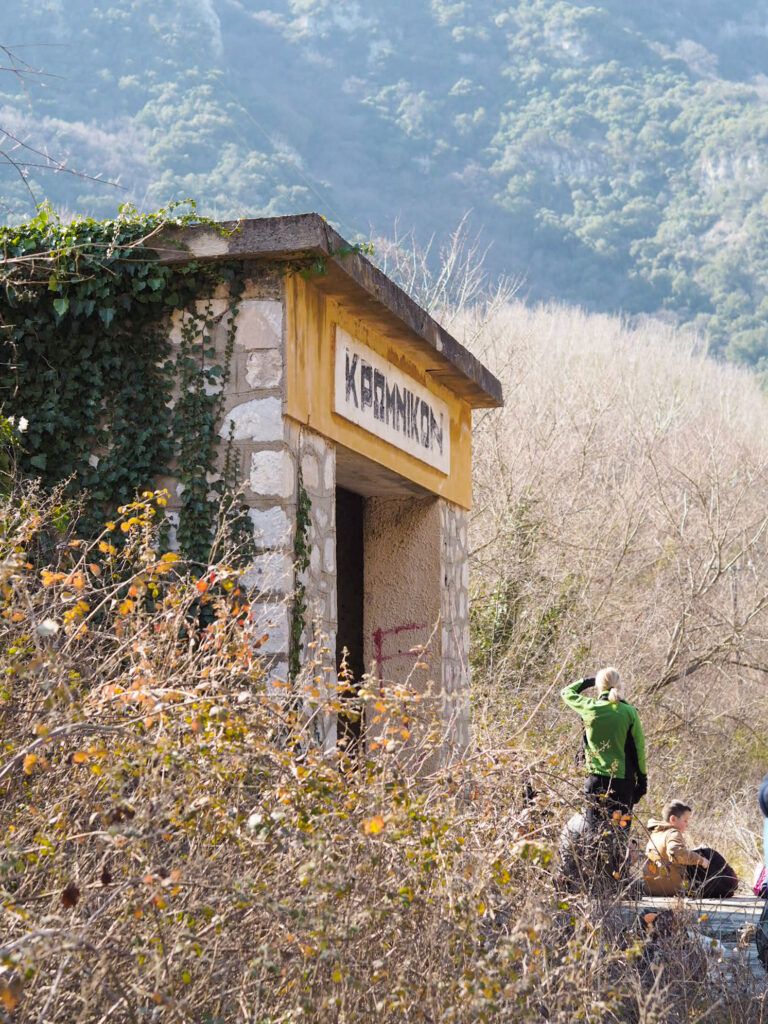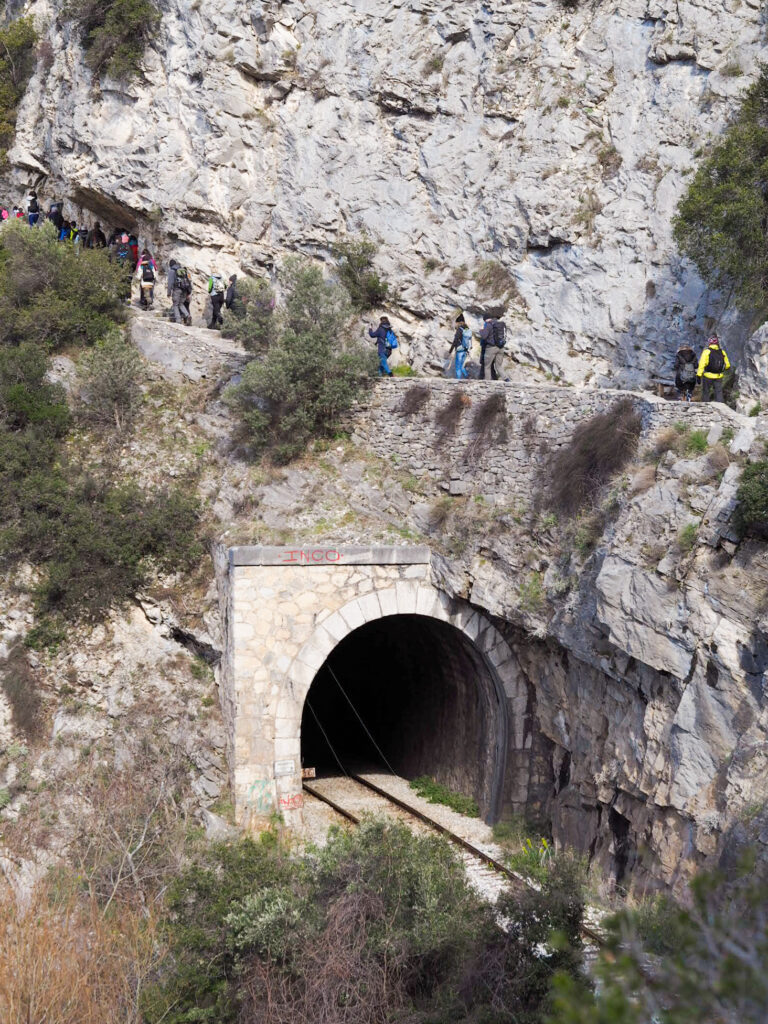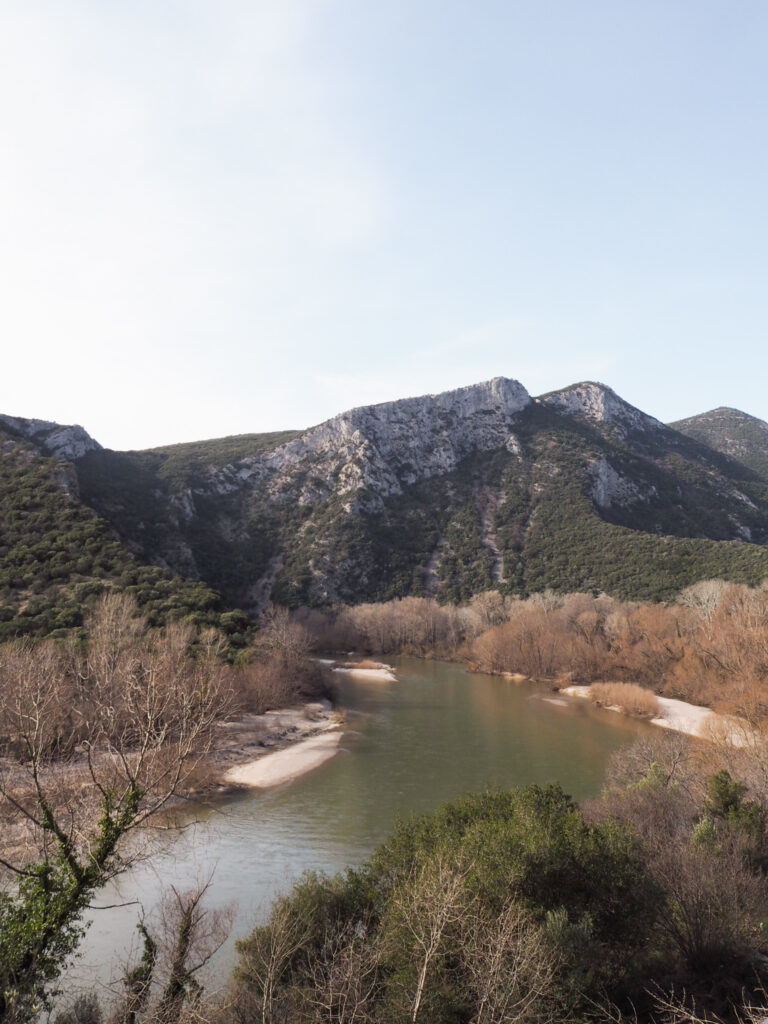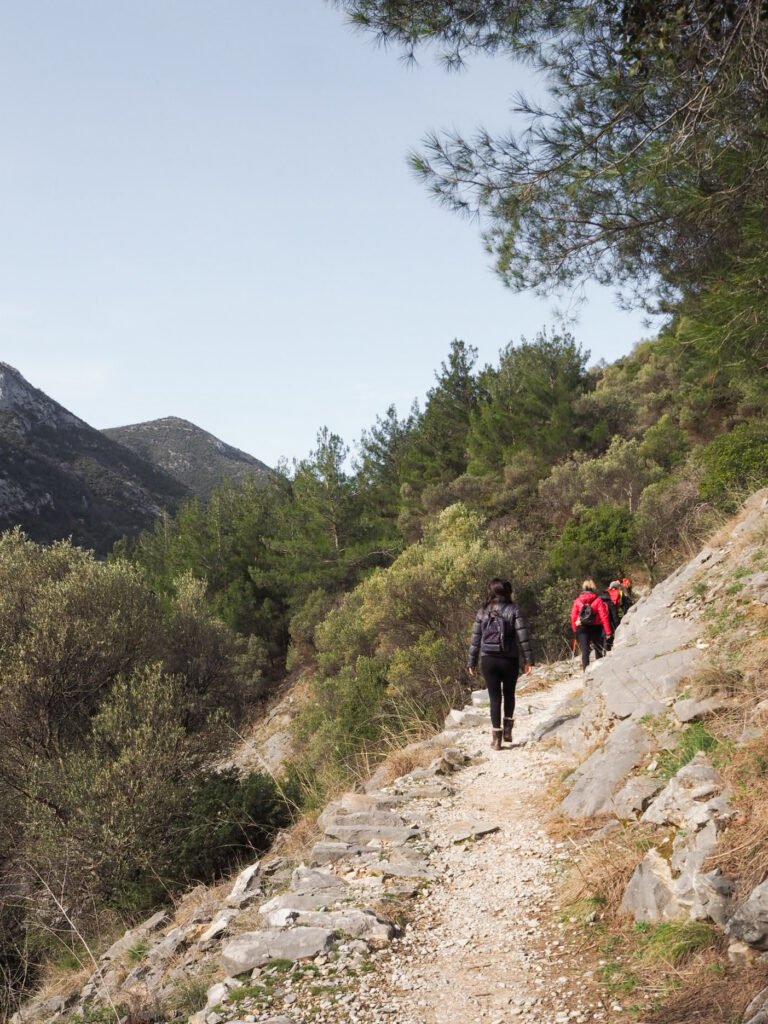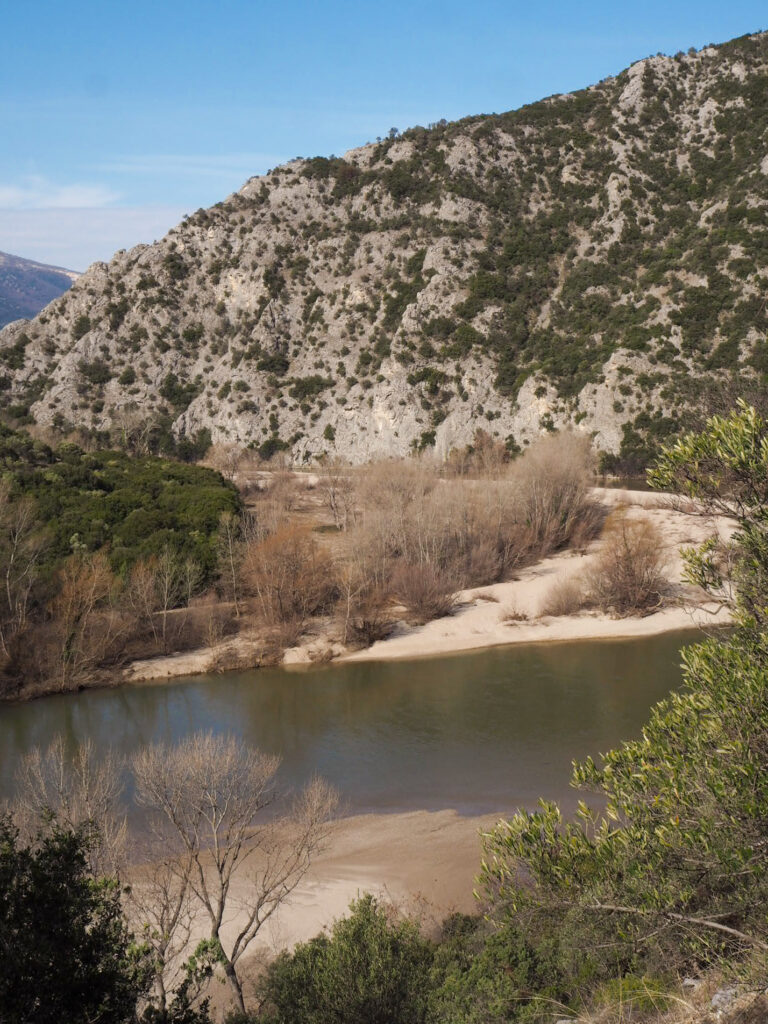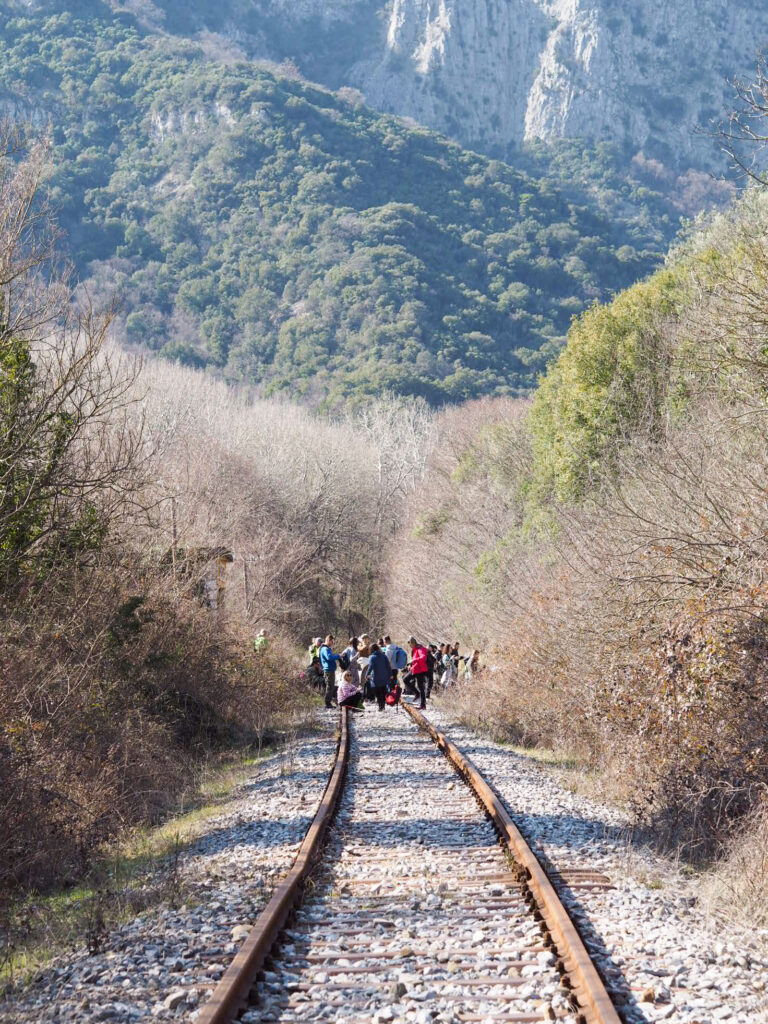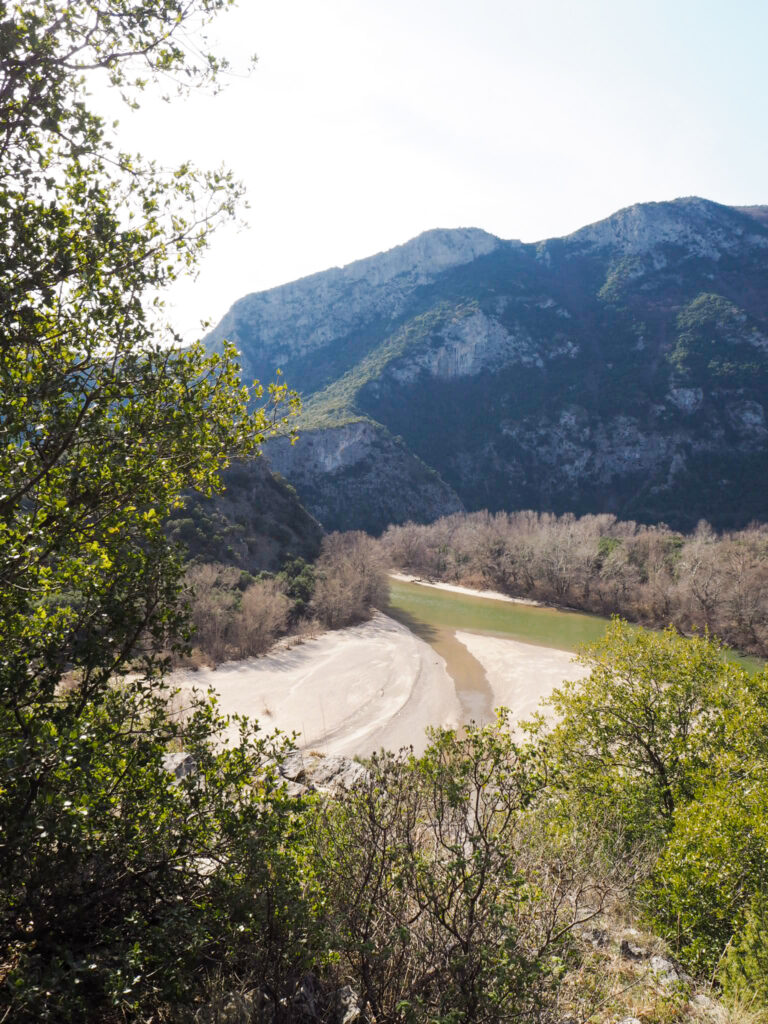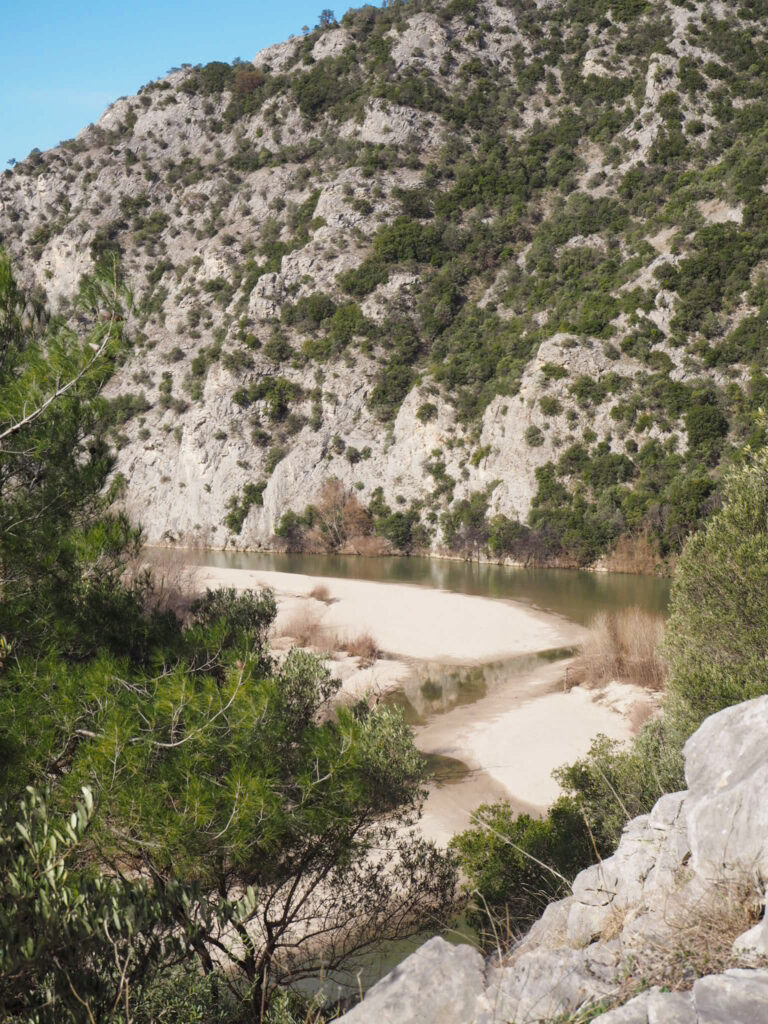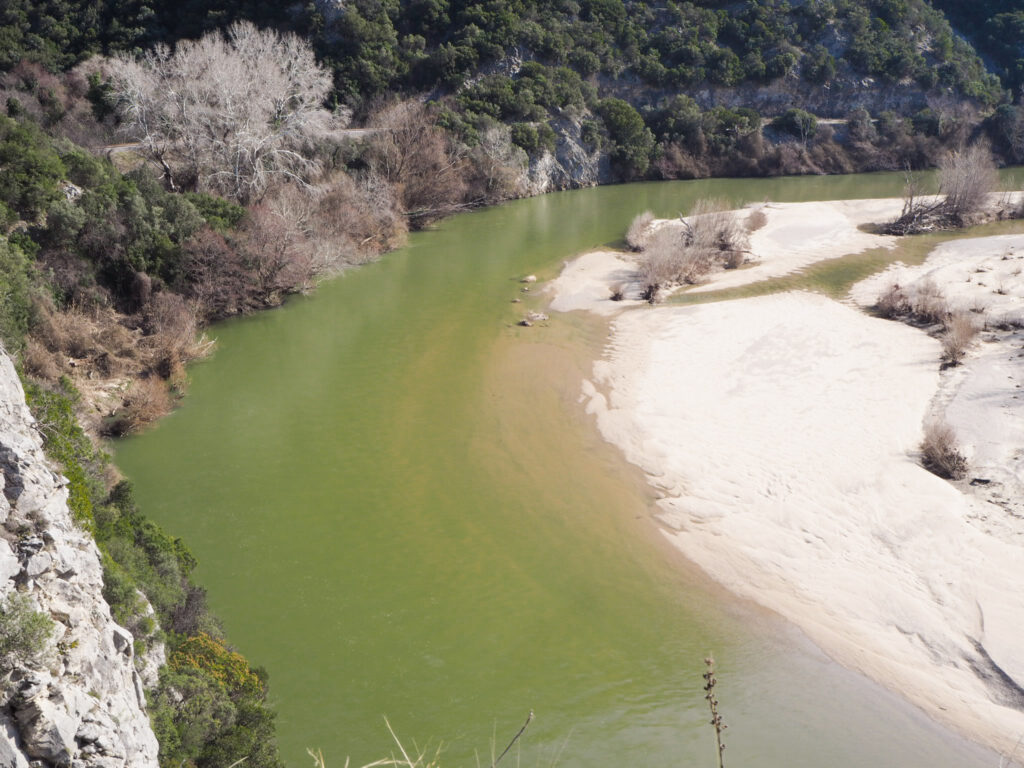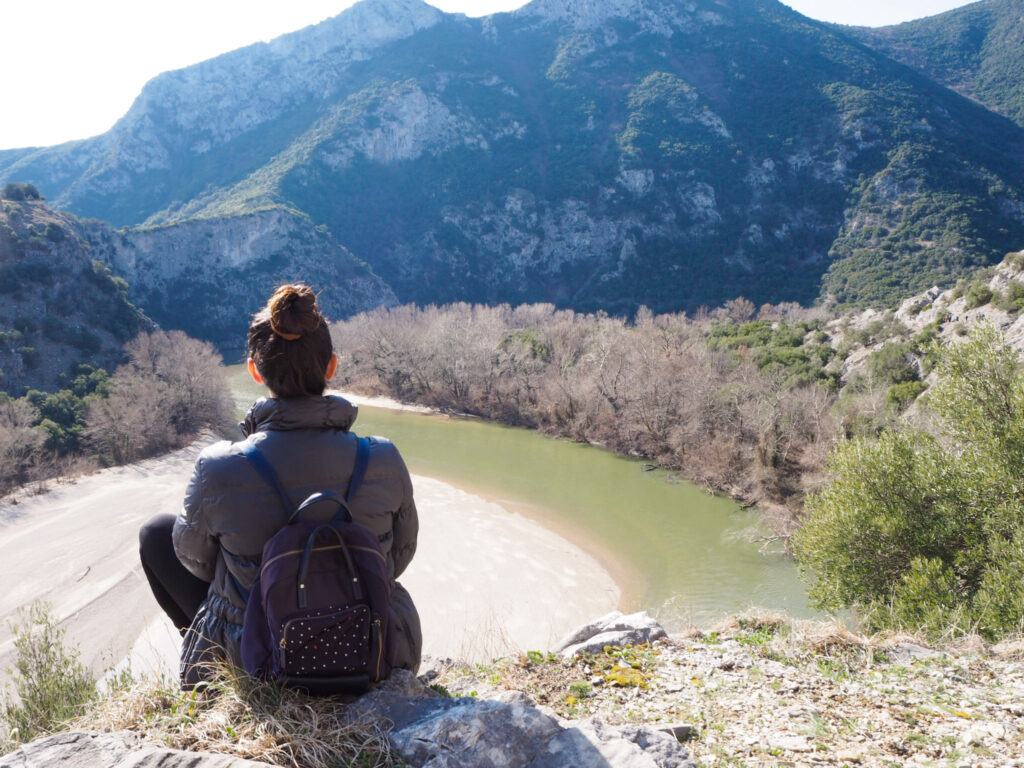Pelion is a place close to my heart. This is where I met my husband, where we fell in love and got married. A less-visited place- it’s rich in history, has delicious food, blissful beaches and welcoming locals. Since then, I’ve come to love the word ‘Pelion,’ as it has gifted us so many moments that we will cherish forever.
When we received an invitation for a week away in East Pelion, I could not believe our luck. I remained standing in front of my inbox with a look akin to a deer caught in headlights. We hadn’t visited Pelion for almost two years now so we, of course, welcomed the opportunity and within a few days found ourselves in Zagora.
We were very lucky to have friends who live in Zagora (Kiki Tsourou I am looking at you!) and were happy to play the tourists in their own town, showing us the best of what East Pelion has to offer including all the activities one can do here, the places one has to visit and the places to go for food and fun. Here, I’ve compiled a list of all the things we did for when you visit.
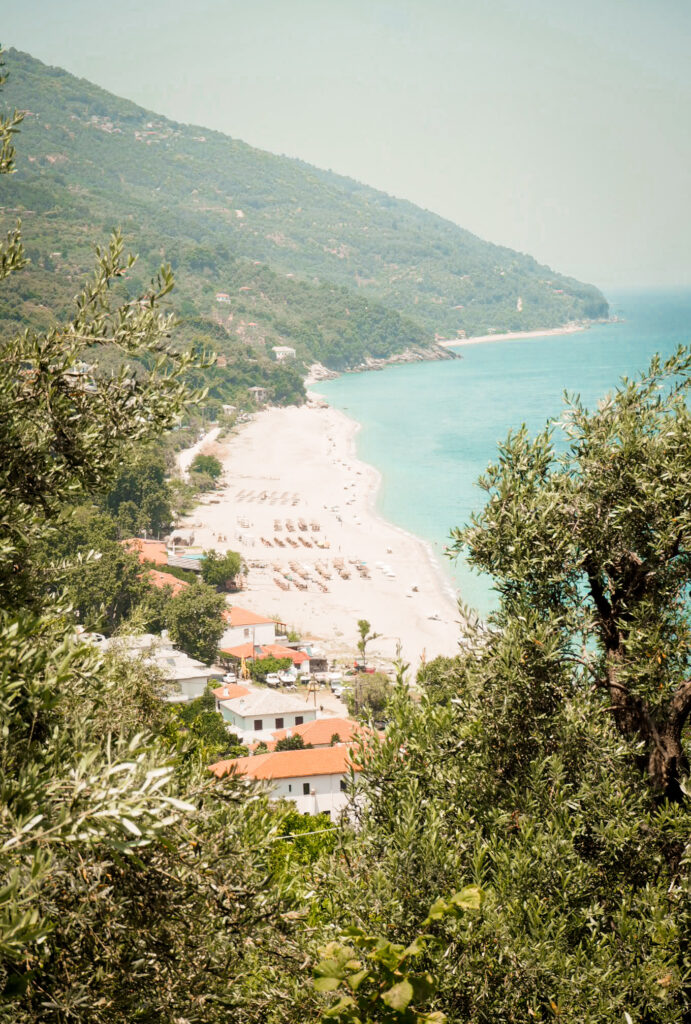
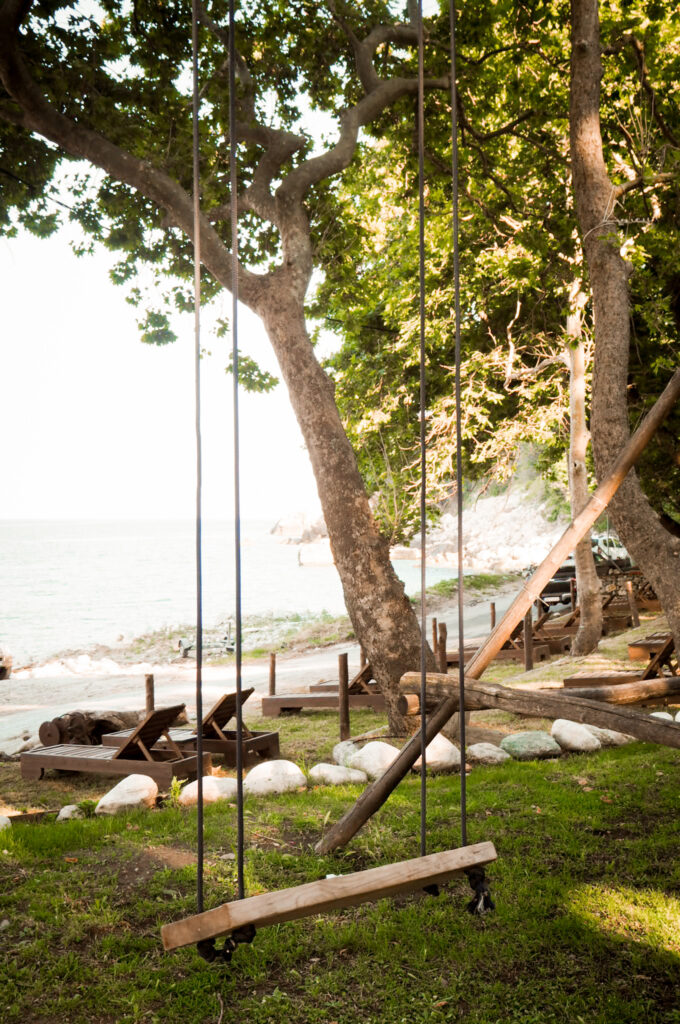
Getting There & Getting Around
Pelion is located in the municipality of Magnesia in the middle of the Greek mainland. It is approximately a 5-hour drive from Athens and a 3-hour drive from Thessaloniki. There are also daily flights to Volos airport which is an hour’s drive to East Pelion. Depending on how much you want to explore while in East Pelion, I strongly recommend you hire a car as access to some places is not doable with public transportation, which is not the best and with the most regular routes, if you ask me. Also, the road to get to East Pelion is a bit wonky and has a series of bends, so keep that in mind when driving around.
But with views as such, who would mind a few bends and turns?
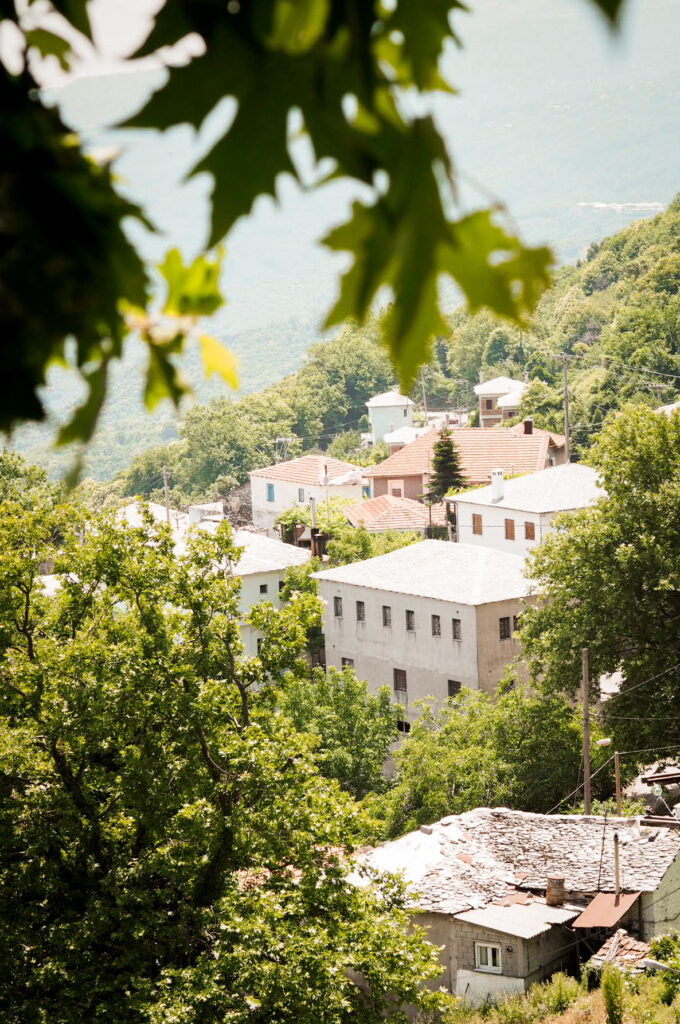
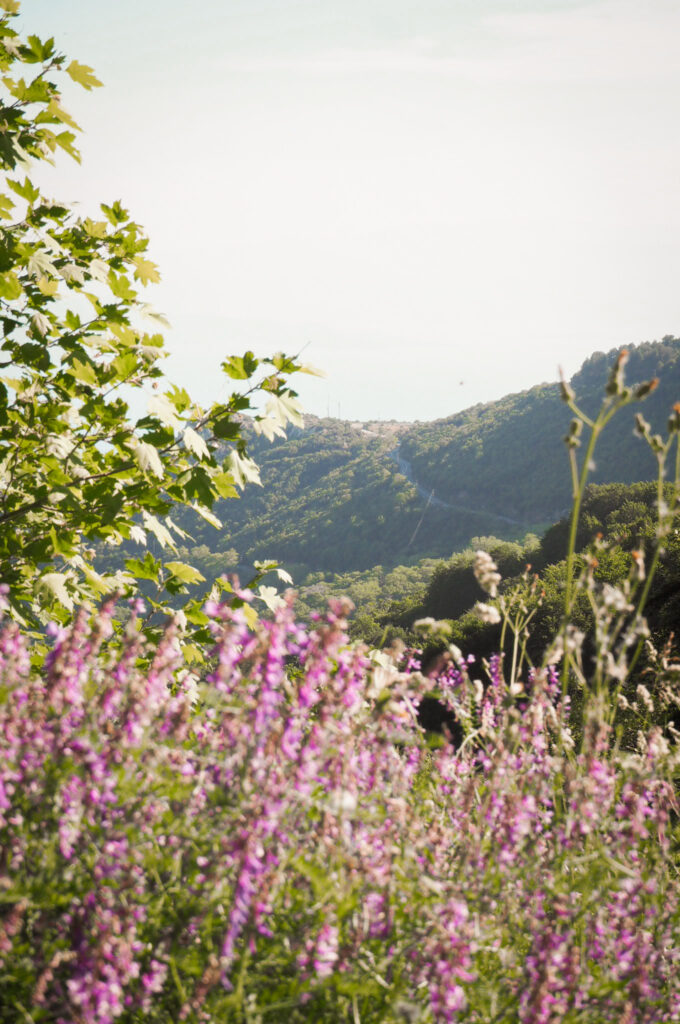
Where to Stay
If you would like to experience both the mountain and the sea, I strongly recommend you spend half of your time in Zagora and the other half in Horefto. If you, however, prefer the uncharted and unexposed beauty of mountain villages then Pouri and Tsagkarada may be the ideal ones for you.
Where to Sleep
If you would like to stay in Zagora then look no further than Victoria’s Country Apartments in the centre of Zagora. This traditional accommodation was built in harmony with the unique architecture of the area in 2003. They offer spacious, two-room apartments with the best sea views but what makes this accommodation so special is the owner herself, Victoria. A smiley lady that decorated each room with taste and offers you daily the tastiest breakfast prepared by her own hands. If you are more of a beach person though, then Aeolos Hotel Villas in Horefto beach is for you. Think of white-washed houses in a secluded rose garden with sea views and two swimming pools for those who like to have the best of both worlds. If you are more of an adventure person though and camping, or even glamping, is your jam, Camping Horefto is for you. A 5-star camping site with facilities for the disabled, glamping tents and a cafe area, it gives an extra twist to camping as you know it.
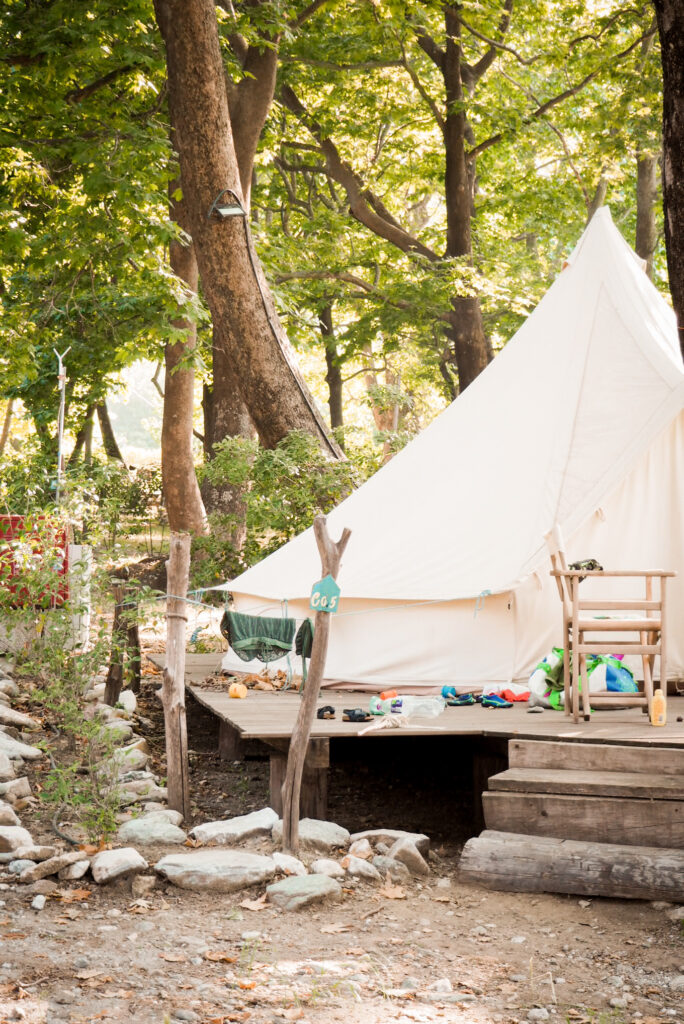
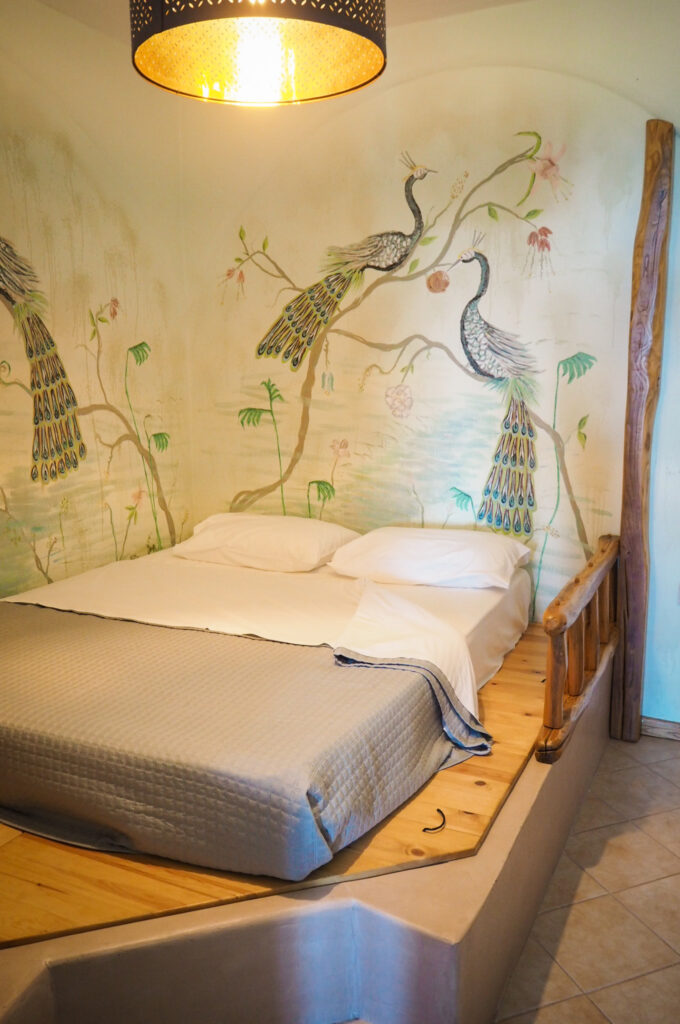
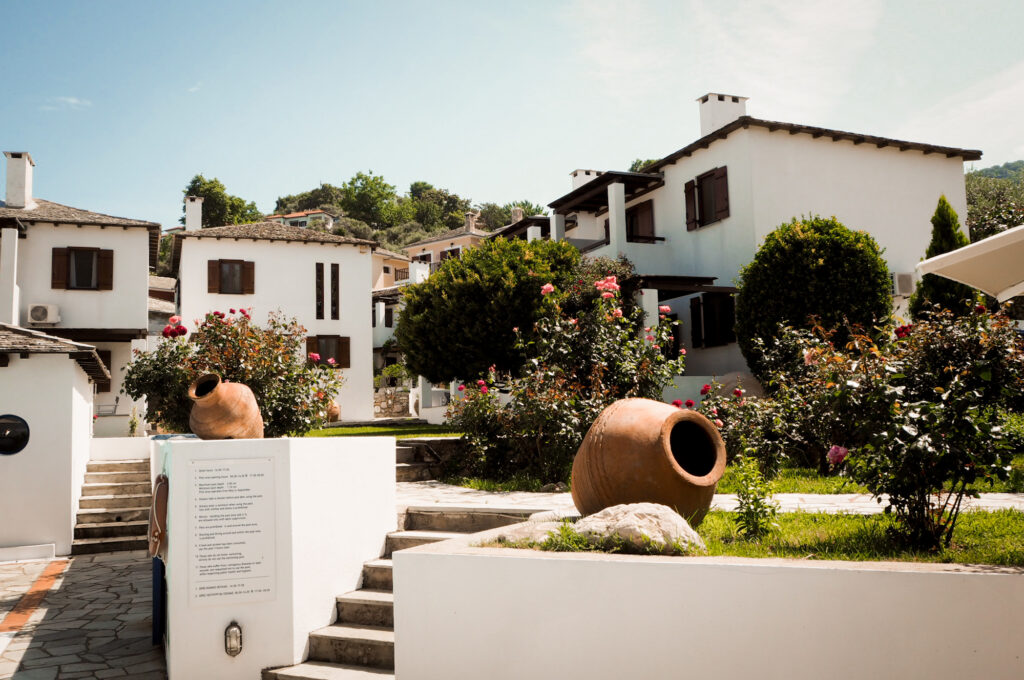
Where to eat and drink
In Zagora, taste local grilled meat at Stou Psilou a few steps further than the central square of the village. Ylien Cafe in the square is another great place to have a cold beer and try their pizza or one of their traditional desserts. In Pouri, go to Polydroso restaurant at the little square for local meze and views of the mountain. On your way to Elitsa beach turn right and visit Plimari Tavern located on the less known Analipsi beach. To get there you will get off the beaten path as Analipsi beach is a secluded area but it is worth the ride. Plimari Tavern offers the complete Pelion experience with fresh seafood, ouzo, and grilled meat in a seaside setting. From here you can go for a walk along the Analipsi beach, have a swim and come back to enjoy another dish or have some coffee. Sevah Horefto is another great tavern that you must visit when on Horefto beach. Located in the middle of the main road, under centuries-old plane trees, just a few meters away from the sea, the owners Matina and her husband Spyros will make you feel most welcome. Try the penne with salmon alla vodka or ask for the catch of the day, as Spyros goes fishing and cooks it fresh every day.
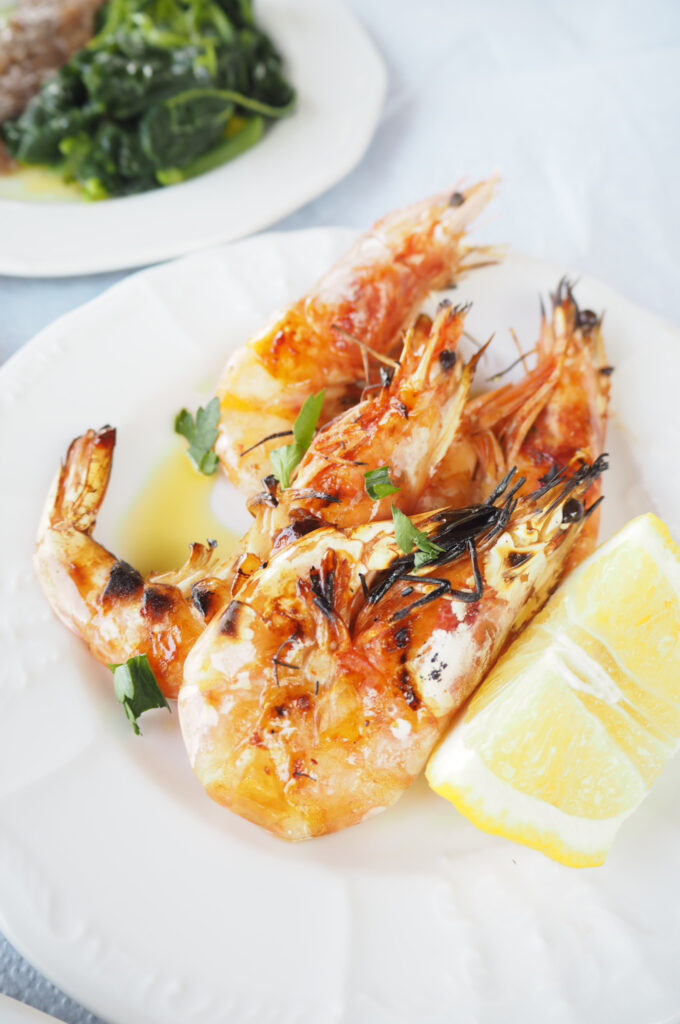
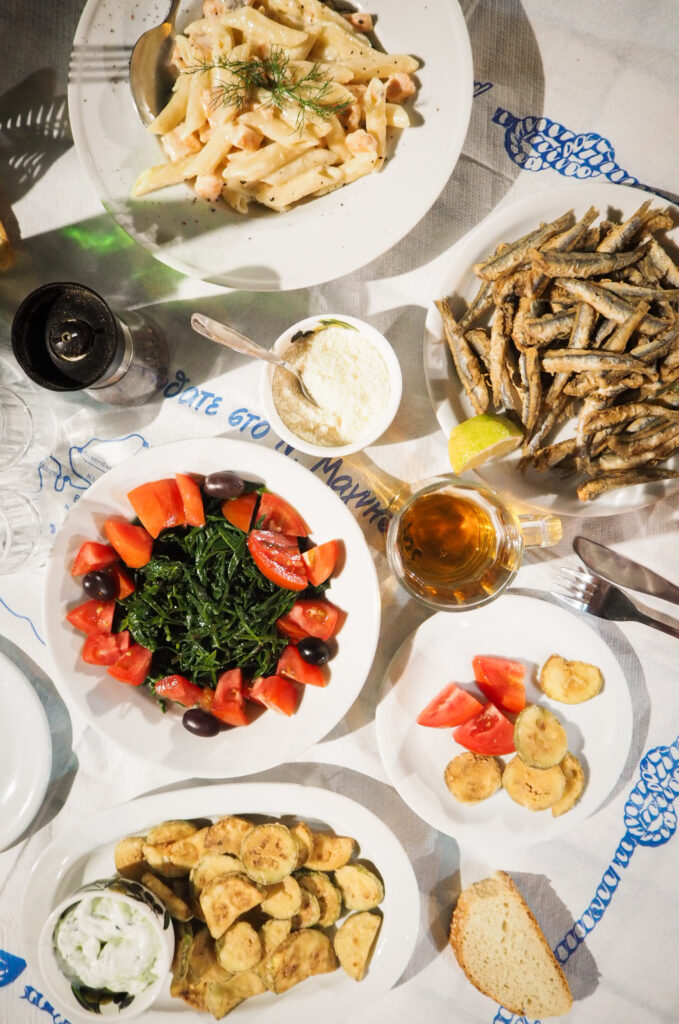
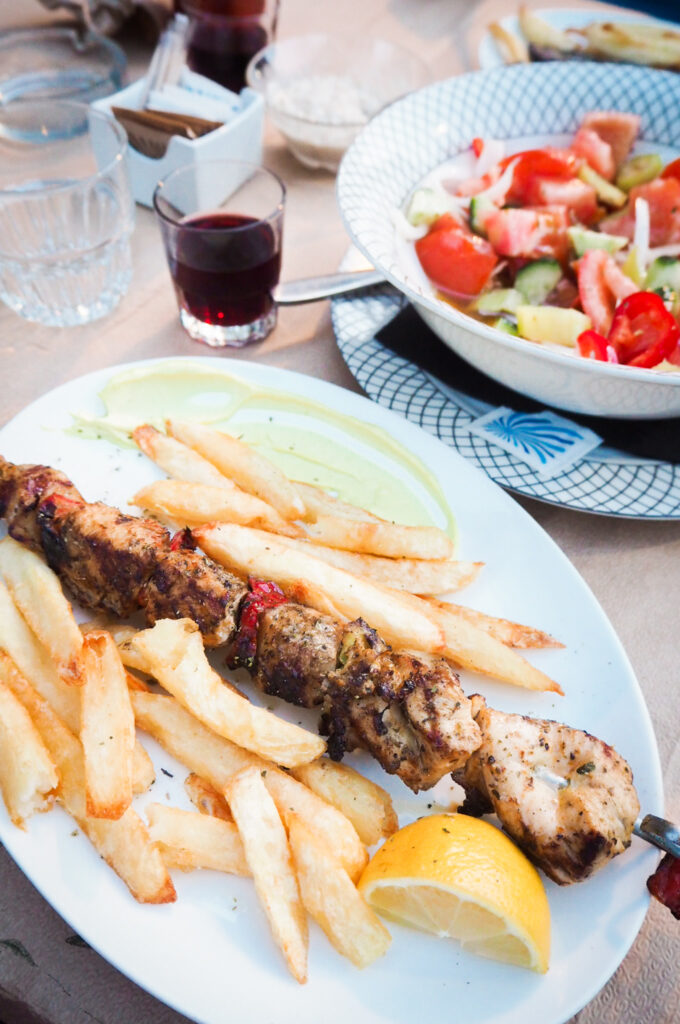

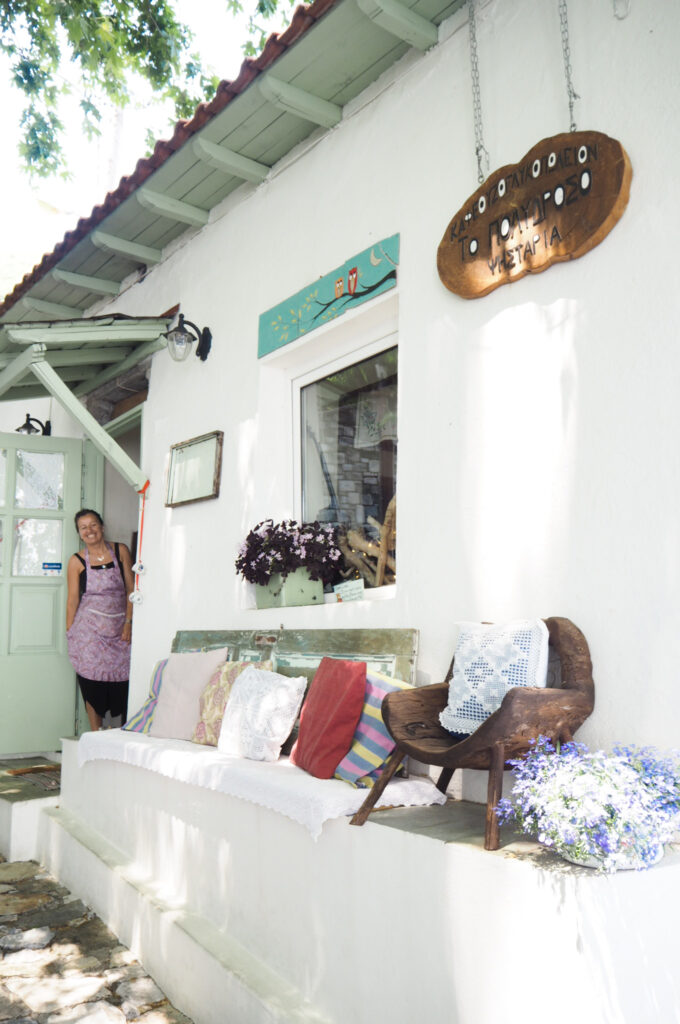
Best Beaches
East Pelion beaches have pristine, crystal-blue waters! Horefto beach is a great place to start, especially if you are looking for bars, supermarkets and restaurants nearby. Ideal for families and those who like to play on the beach and dive in and out of the water many times per day. Elitsa beach with the famous heart-shaped rock is another great choice. For a morning swim go to Analipsi beach and then have a light lunch at Plimari Tavern. If you are looking for beach bars then Agioi Saranta, Agios Ioannis and Plaka beach are for you. Damouchari beach is the famous place where parts of the movie ‘Mamma Mia’ were filmed, a must-visit place if you are in East Pelion! Last but not least, Paralia Fakistra and Paralia Milopotamos. It’s a long drive to go but when you dive into the cold waters with the wavelengths of light playing on the surface of the sea, you realise that it was totally worth it!
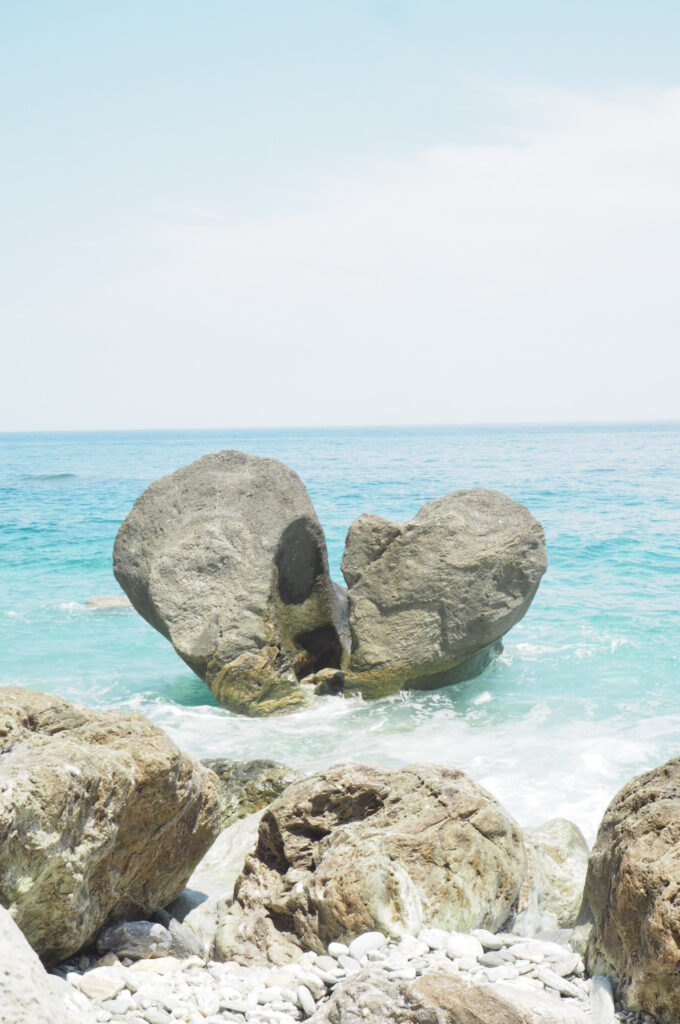
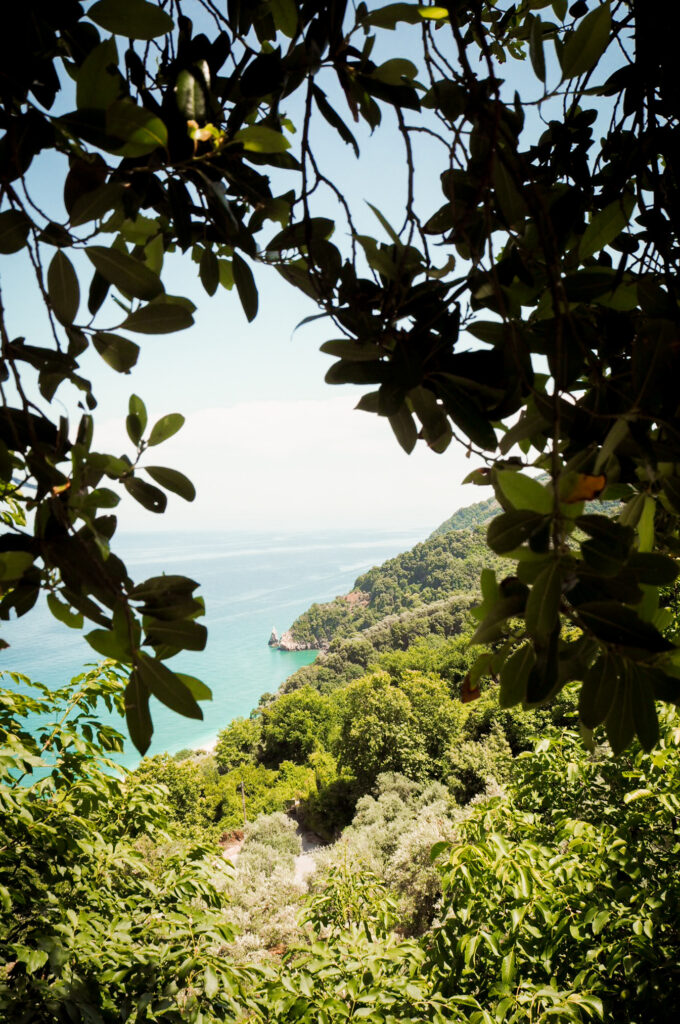
East Pelion’s history
Since ancient times, Pelion has played a major role in the country’s history. According to Ancient Greek mythology, Mount Pelion was the homeland of Centaurs, the mythical creatures that were half-men and half-horse. So much was their adoration by humans that Chiron, the wisest and justest of them all became the tutor of Asclepius the father of medicine, and showed him how to use herbal medicine to heal humans. Spending time in East Pelion and seeing the dense, jungle-like forest and wild herbs surrounding the villages, is enough to convince you that these myths are not entirely narrated without a sound basis.
Just walking through the villages of Zagora, Tsagkarada and Pouri you notice distinct elements of mixed Ottoman and Venetian architecture revealing the once rulers of the area.
More particularly, in Zagora, you will find the Kassavetio Girl’s School, which was the first girls’ school founded in Ottoman Thessaly in the 19th century, the Rigas Feraios school where the writer was educated, the mayor hall of Zagora, a majestic building with thick walls by the square of the village and The Women’s Agricultural Association of Zagora, a place where local women using old recipes create magnificent delicacies that are sold all over the country.
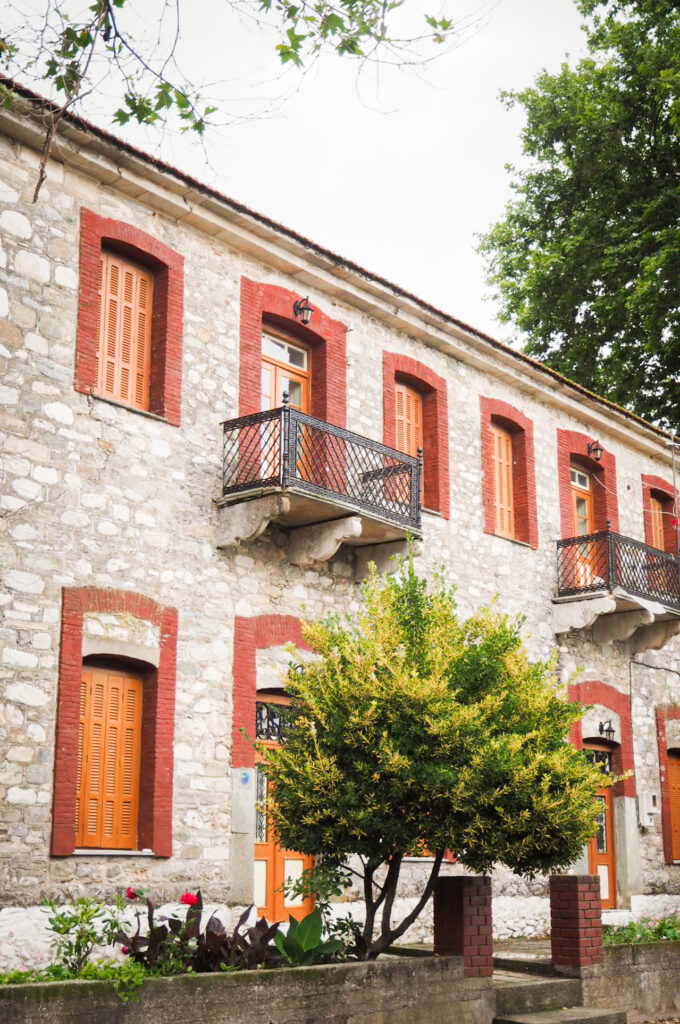
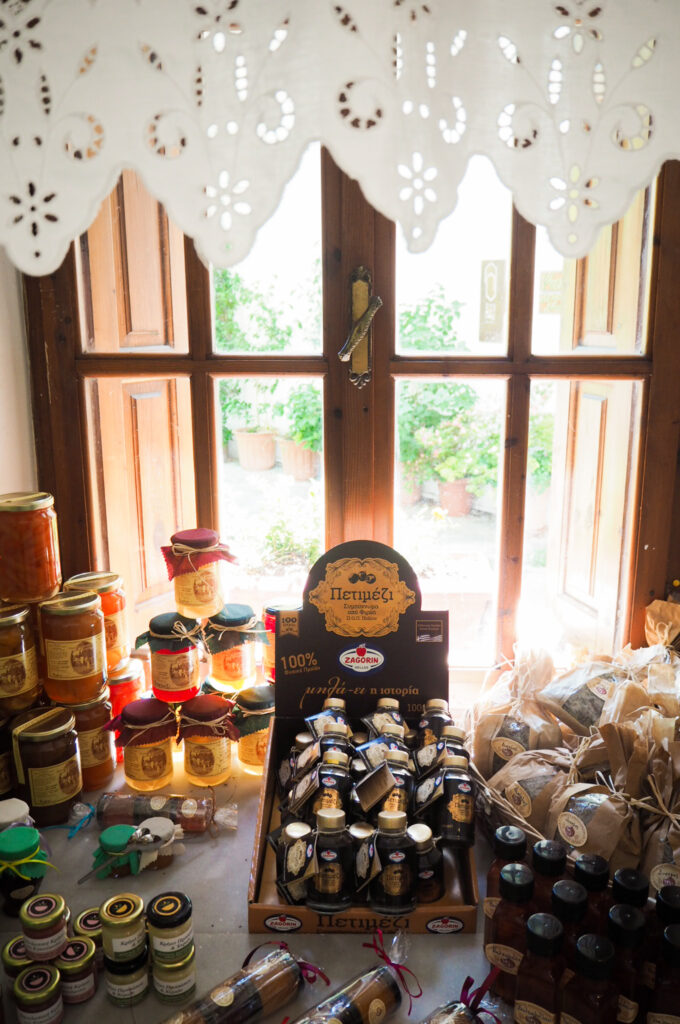
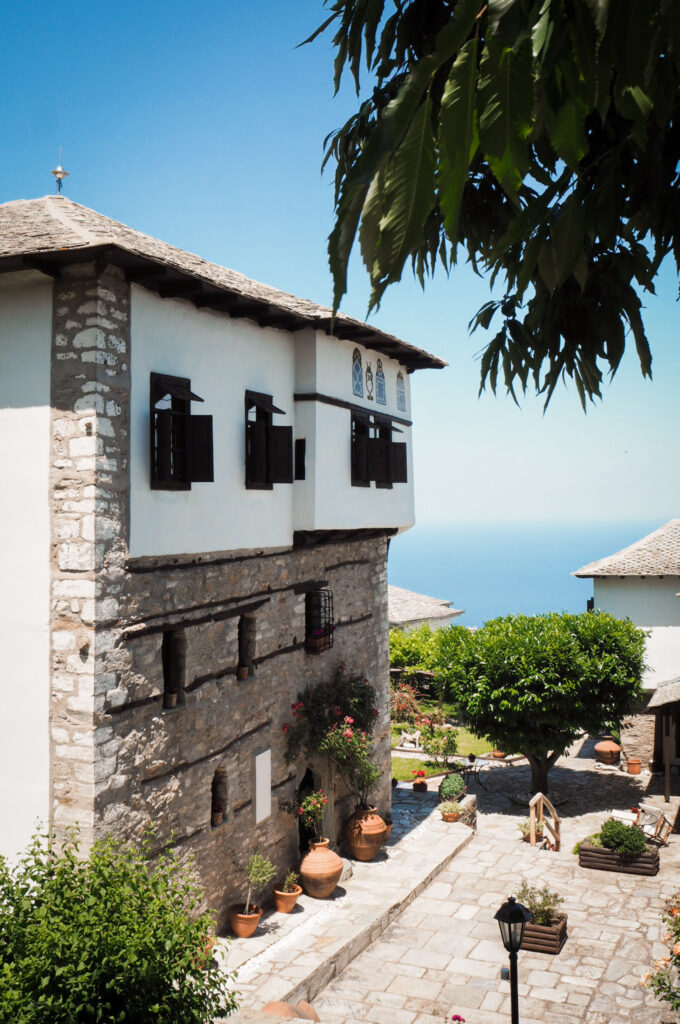
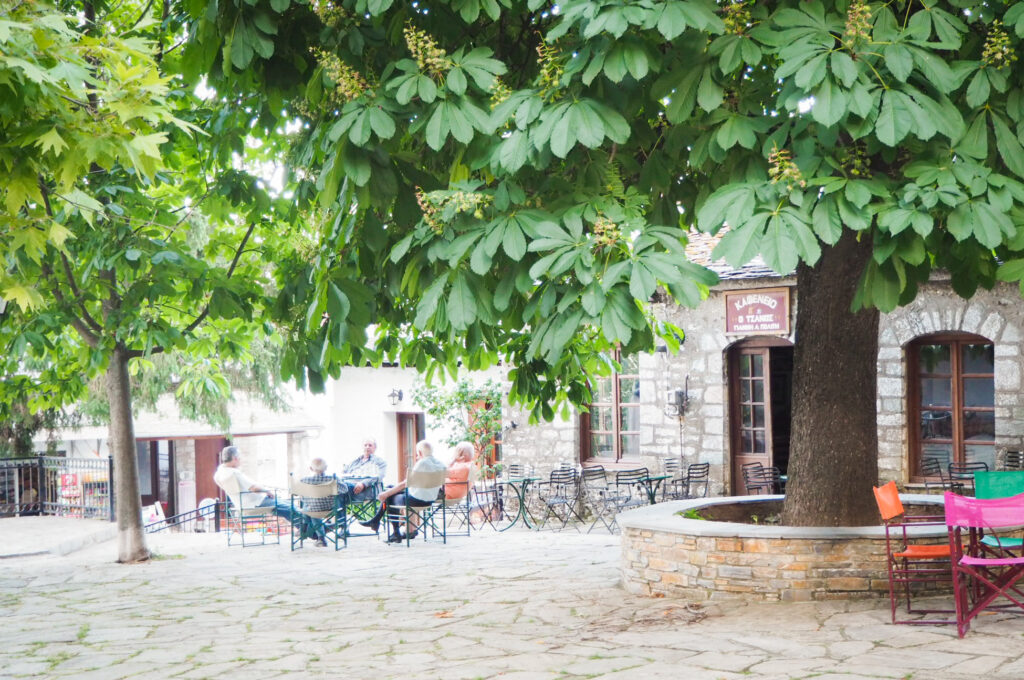
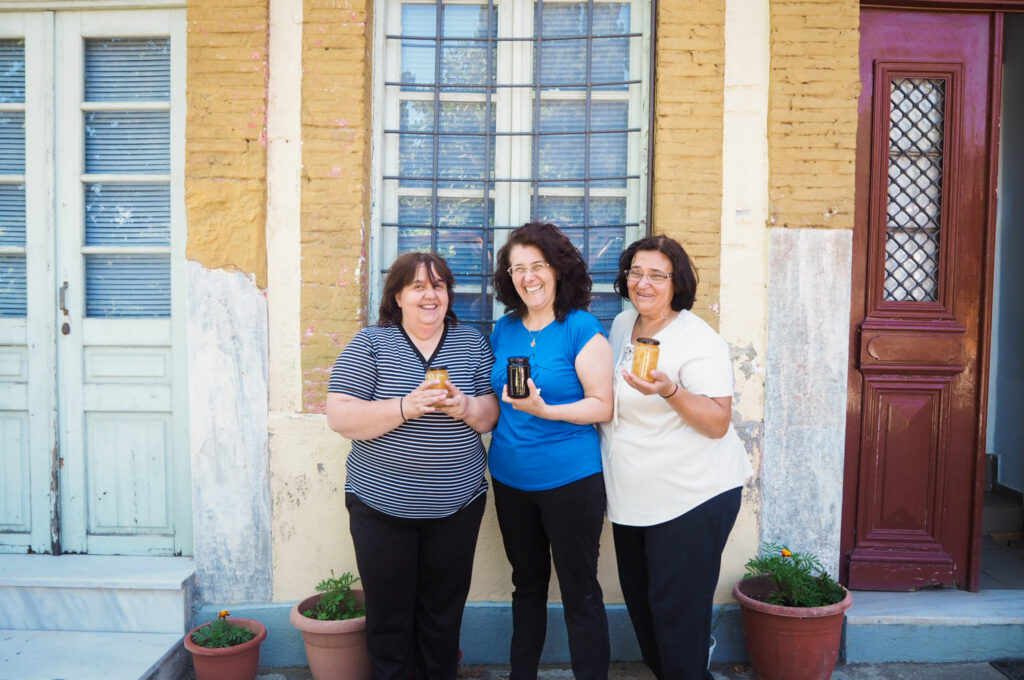
Can’t leave without…
Going for a hike through the beautiful mountain Pelion with a registered, professional guide like George Xiradakis from Pelion Scout. George’s aim is to safely guide you through the hiking pathways of East Pelion, tell you about the story of the place, show you the vegetation and explain all about the area’s microclimate. If you are lucky enough you may even pick some mushrooms as we did. Into culinary experiences? Then book a session with Pelion Scout and Taste Pelion! While George will guide you through the mountain, Chef Vaggelis Vouzaras will cook for you in the great outdoors. Choose the trail to ‘Vathres’ (natural plunge pools in Greek), it is ideal for people of all fitness backgrounds and a very enjoyable one as you see the scenery of the mountain changing while on course. Into multi-day adventures? Then book a sea caves adventure, sail to uninhabited lands, swim in the translucent waters of wild sea caves, wander along scenic seaside paths, and feast outdoors on authentic Greek delicacies! Into Greek language retreats? Then be a Greek for a week and book yourself a language retreat with Mona Spachi at Pelion this summer!
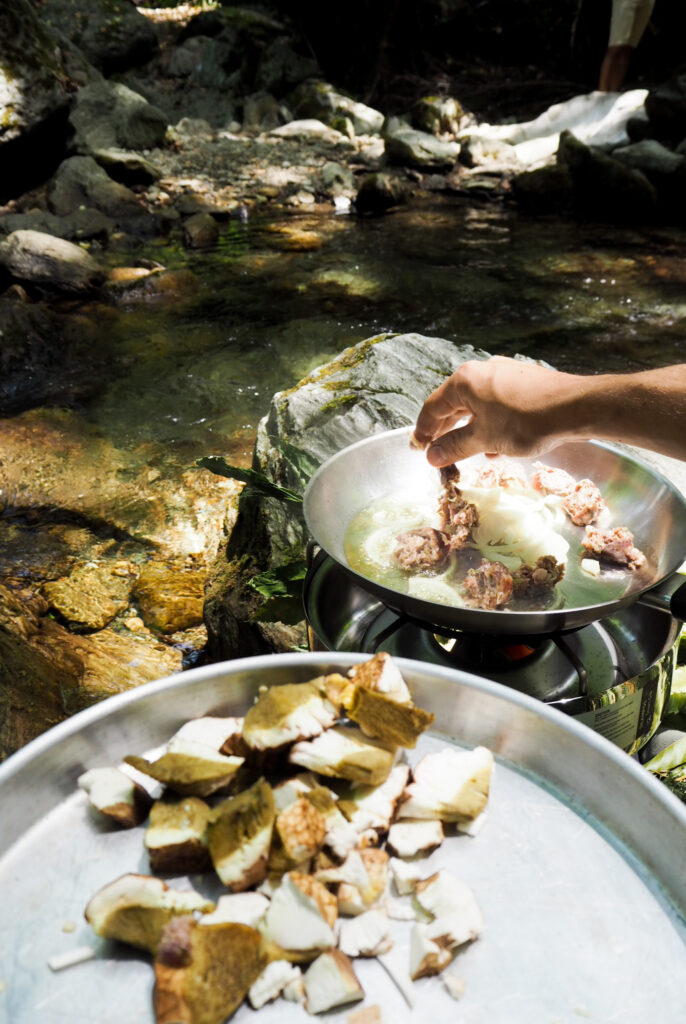
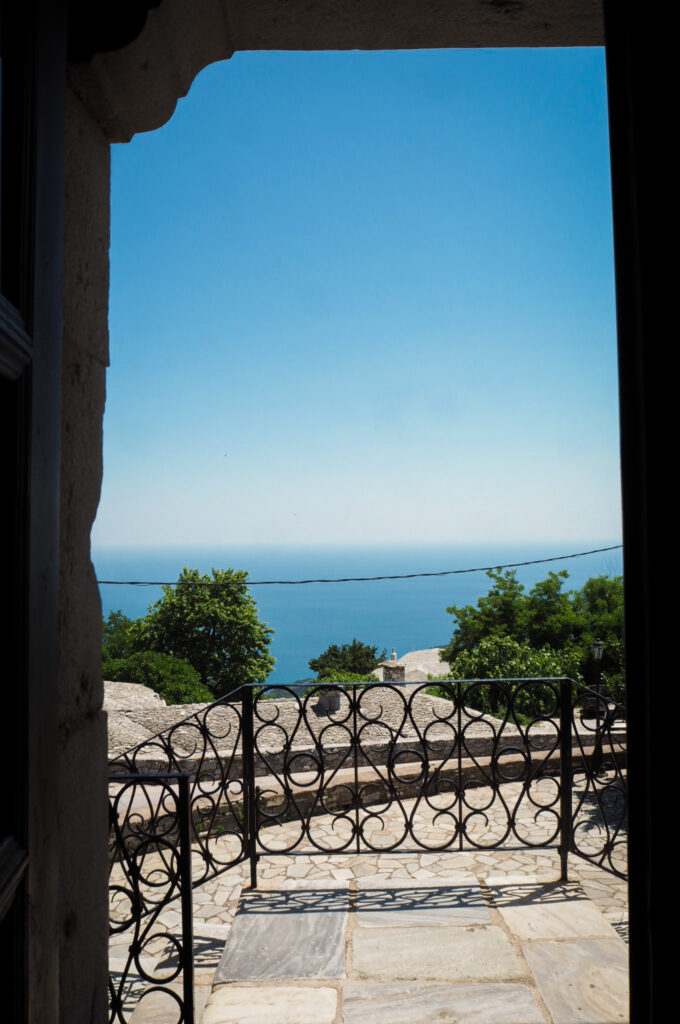
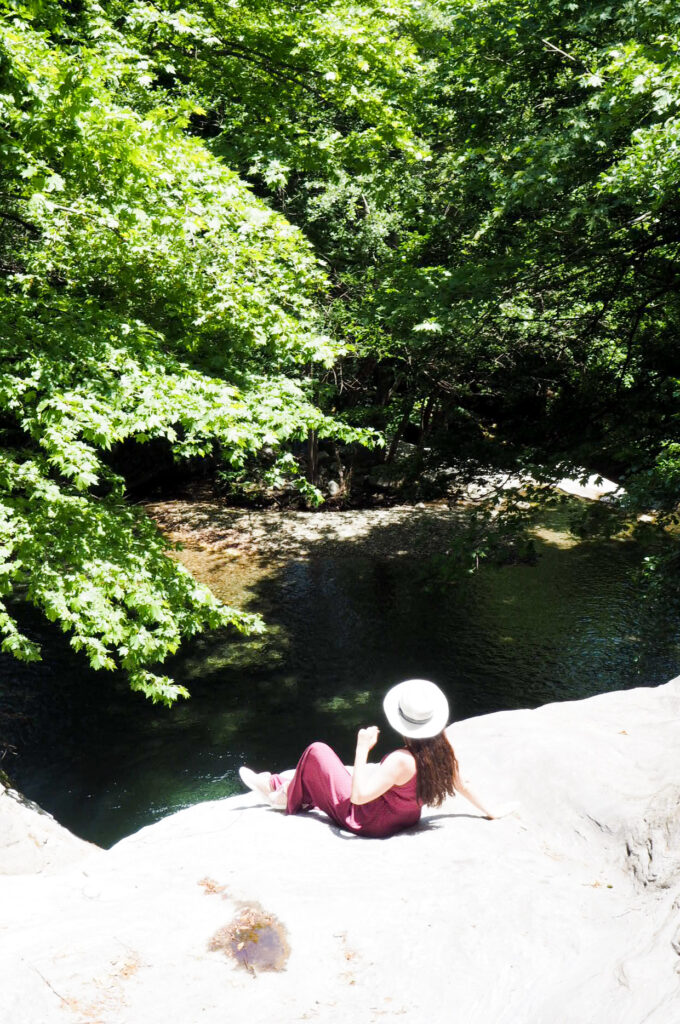
No matter what you choose to do, I’m sure of one thing- once you leave you will want to return back!
Images by Anastasia Fountouli ©


